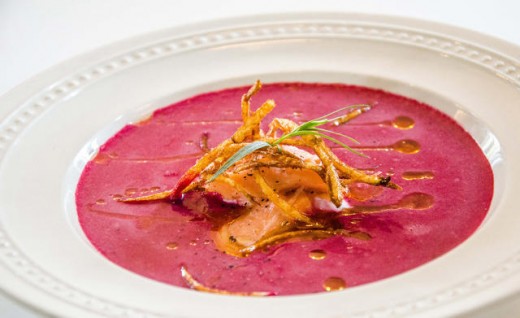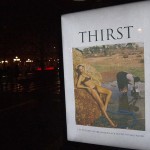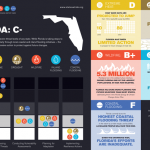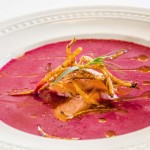This Restaurant Will Make You A Meal From meals Waste
Most meals that results in the trash does not in truth belong there. A Dutch restaurant known as InStock will show it to you.
November 5, 2015
while working at a supermarket in Amsterdam, four coworkers became obsessed with finding extra options to a common challenge at grocery shops— cut down on wasted meals.
compared to shoppers, farmers, and restaurants, supermarkets throw out a smaller percentage of whole meals waste, however it’s a massive quantity. in the U.S., as an example, the place retailers are answerable for about 10% of food waste, that equals over 40 billion pounds of trash annually.
yes that something wanted to alter, the staff in Amsterdam partnered with their retailer and launched a brand new restaurant called InStock that makes lunch and dinner from whatever fit for human consumption food happens to be pulled off store shelves that day.

“We had been confronted with meals waste that was nonetheless perfectly fit to be eaten but now not just right enough on the market,” says Freke van Nimwegen, one of the crucial co-founders of InStock. “With the data that we have to feed 9 billion people in 2050, we want to alternate our manner of coping with meals.”
Some produce leads to dumpsters because shows are overstocked or it isn’t beautiful sufficient; other food gets pulled off cabinets early as a result of boxes are broken or sell-by using dates are complicated.
The chain in Amsterdam, known as Albert Heijn, is working to chop waste in a few ways—they launched a new component of “imperfect” produce in 2014, and partnered with an app to supply offers on meals simply sooner than it expires. nonetheless, there may be a gradual flow of wasted meals, and the new restaurant (along with the venture’s meals truck, and a small store that sells takeout dinners) can help make use of what would not go to local food banks.
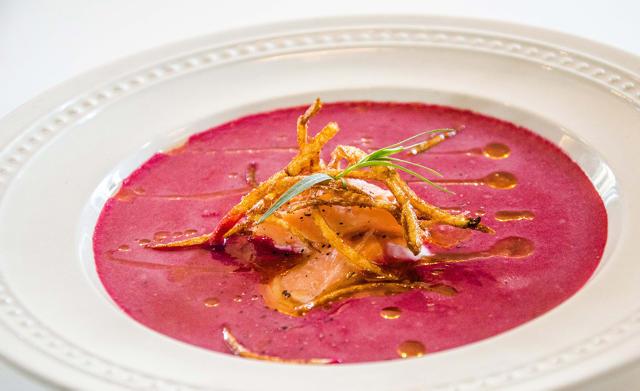
The chefs at the restaurant never comprehend exactly what they are going to get. “We get quite a few potatoes, fruit, vegetables and bread,” says van Nimwegen. “Our chefs are really inventive in making one thing of the ‘harvest of the day,’ which is different each and every time.” every ingredient on a regular basis gets a couple of different preparations—cauliflower would possibly become grated couscous, cauliflower puree, steamed cauliflower, and crispy roasted cauliflower.
The grocery retailer supplies fruit, greens and bread, while meat comes from some of the grocery retailer’s suppliers—when it rains in the summertime, as an example, they may turn out with a surplus of steak or ground pork because persons are buying less for barbecues. an area fish store saves cuttings for the restaurant, and a neighboring chocolate shop gives samples. Heineken supplies surplus beer. The supermarket’s distribution middle offers damaged items.
As they cook, the mission additionally wants to lend a hand vendors find easy methods to reduce waste prior. “We always ask the question whether or not the grocery store may have avoided the ‘surplus’ of the produce they ship to us,” says van Nimwegen. “Most large supermarkets have a very good ordering machine, however they don’t want to have empty shelves (and neither do most clients). So it’s ceaselessly a question of availability versus waste.”
it is a machine that the founders suppose could simply work elsewhere, they usually’re searching for areas in new cities now.
[All Photos: via InStock]
(41)

